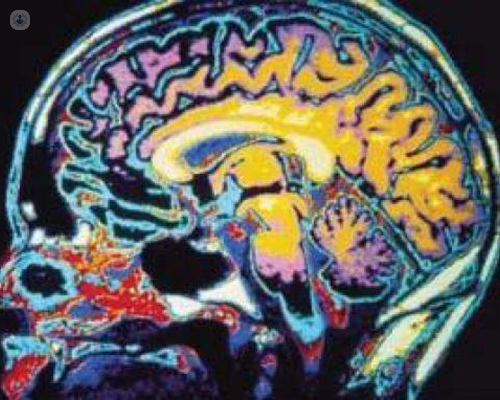

What are movement disorders?
Movement disorders refer to either an excess of movement or an impairment of movement. There are many different types of movement disorder, but they are neurological conditions which affect different parts of the body, causing abnormal movements which are either involuntary or voluntary. Some movement disorders include Parkinson’s, ataxia, Huntington’s disease, and tourette’s syndrome.

What are the symptoms of movement disorders?
There are many different movement disorders, which all come with their own set of symptoms or characteristics. Movement disorders affect the speed of movements, making them quicker, or slower in some cases, how fluidly someone can move, and how easily they are able to move. Other symptoms of particular disorders include tremors and jerks, twitches, and tics.
What causes movement disorders?
Movement disorders are neurological conditions, so the cause is most frequently a defect in a certain area of the brain, or in the base of the brain (cerebellum). These defects are often acquired through genetics, but abnormal movements can also be caused by stress, drugs, alcohol consumption, and chronic disease. Some disorders, such as Parkinson’s, are called neurodegenerative conditions, and these are often genetic.
How are movement disorders treated?
Movement disorders are generally treated through medication and drug therapy. As there are many different types of movement disorder, each one needs the correct clinical diagnosis and treatment is prescribed for the individual case. Certain movement disorders have been treated using therapies which use electrodes to stimulate affected areas of the brain.
Specific diets and nutrition has also proven useful in the case of some movement disorders such as Parkinson’s. Exercise can help to stop the patient from losing muscle mass, and it can also improve mobility.
